Experimental physicist Jonathan Mizrahi presents “Trapped Ion Quantum Computing” Thursday, May 10 at 11:10 a.m. in a Lawrence University physics colloquium. The presentation, in Youngchild Hall 115, is free and open to the public.
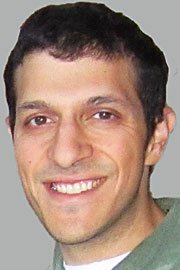
Mizrahi, a senior engineer at Maryland-based IonQ, Inc., one of the world’s leading developers of quantum computers, will explain how ion traps work, how one manipulates ions with lasers, how ions can serve as qubits in a quantum computer, and the prospects for a large ion-based quantum computer.
Trapped atomic ions are among the most pristine quantum systems one can create. Through a combination of electric levitation of atomic ions and laser pulses to then cool them to ultra-cold temperatures, scientists can employ the ions for a variety of precision-sensing uses such as atomic clocks and quantum engineering.
Prior to joining IonQ, Mizrahi served as a postdoctoral fellow at Sandia National Laboratories in New Mexico, a National Nuclear Security Administration research and development laboratory. He earned a bachelor’s degree in physics and mathematics from Brandeis University and Ph.D. in atomic/molecular physics from the University of Maryland.
About Lawrence University
Founded in 1847, Lawrence University uniquely integrates a college of liberal arts and sciences with a nationally recognized conservatory of music, both devoted exclusively to undergraduate education. It was selected for inclusion in the book “Colleges That Change Lives: 40 Schools That Will Change the Way You Think About College.” Engaged learning, the development of multiple interests and community outreach are central to the Lawrence experience. Lawrence draws its 1,500 students from nearly every state and more than 50 countries.
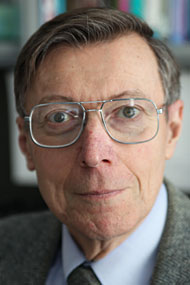

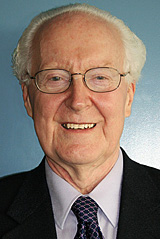

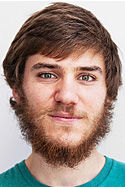
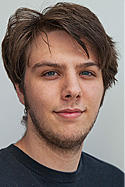
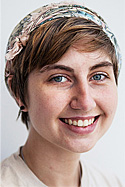

 Cook, who retired as Philetus E. Sawyer Professor of Science in 2008 after 43 years of teaching in the Lawrence physics department, will serve as AAPT’s president in 2010 and past president in 2011. First elected to the association’s executive board in 2007, Cook is the first Lawrence faculty member ever to serve as AAPT president and the first from any Wisconsin college or university since 1955.
Cook, who retired as Philetus E. Sawyer Professor of Science in 2008 after 43 years of teaching in the Lawrence physics department, will serve as AAPT’s president in 2010 and past president in 2011. First elected to the association’s executive board in 2007, Cook is the first Lawrence faculty member ever to serve as AAPT president and the first from any Wisconsin college or university since 1955.